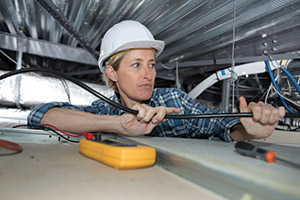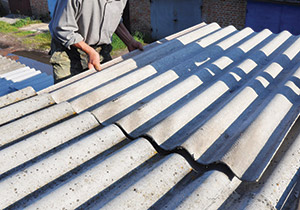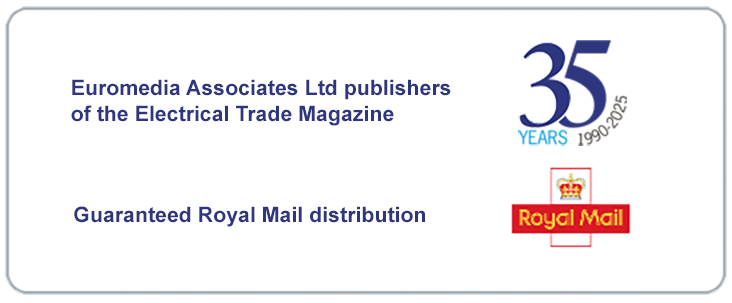According to online statistics website, Statista, there were 265,000 electricians working in the UK in 2017 and whilst the numbers weren’t so readily available, it would not be unreasonable to presume that many of them carry out what is referred to as “lone working” as a significant part of their daily work. This includes those employed or self-employed.
Since 2015, certain self-employed persons have been exempted from health and safety law. This is strictly limited to those whose work activities pose no potential risk of harm to others. Clearly work on electrical systems cannot be described as non-hazardous.
Lone working isn’t against the law, but it is essential that you take sensible precautions if you are going to be working alone.
 When deciding if it is appropriate for employees to work alone, employers need to consider if the working environment presents any significant hazard and if access presents additional risks.
When deciding if it is appropriate for employees to work alone, employers need to consider if the working environment presents any significant hazard and if access presents additional risks.
Before carrying out work at someone else’s premises it is important to understand the risks inherent with the work and the location.
If they are commercial premises, there must be a record of any asbestos containing materials on the premises and workers should acquaint themselves with this before starting work.
The Control of Asbestos Regulations also require electricians to have attended formal  asbestos awareness training. It is important that when you chose a training provider, that they be able to demonstrate competence. AT THSP we currently have seven trainers, all approved by UKATA to deliver this training and with a passion for ensuring that operatives are no longer exposed to the life-threatening risks associated with disturbing asbestos.
asbestos awareness training. It is important that when you chose a training provider, that they be able to demonstrate competence. AT THSP we currently have seven trainers, all approved by UKATA to deliver this training and with a passion for ensuring that operatives are no longer exposed to the life-threatening risks associated with disturbing asbestos.
Whilst an employer may have drawn up a generic risk assessment for the tasks being undertaken, it is essential that the engineer has been trained to spot any additional hazards and knows what steps to take. Some hazards can be easily addressed and controlled, however others will need to be referred to a line manager or other competent person. The Risk Assessment Builder developed by THSP is an intuitive and interactive programme allowing employers to produce site specific risk assessments in a fraction of the time it would take from scratch. Furthermore, due to the extensive data supporting the tool, users can generate over 10 million different outcomes. These assessments can be accessed online by employees along with an online briefing to demonstrate that they have received this vital information.
Current advice from HSE is that there are some high-risk activities where at least one other person may need to be present. Examples include:
- working in a confined space;
- working at or near exposed live electricity conductors; or
- health and social care work dealing with unpredictable client behaviour and situations.
Risk assessments and the need to make sure they are suitable and sufficient remains a thorny issue for many employers. Some  companies rely heavily on libraries of generic assessments, drawn together over the years, or downloaded from remote websites or even “borrowed” from other employers. This can give “the illusion of control” and where they are clearly irrelevant, encourage employees to disregard them.
companies rely heavily on libraries of generic assessments, drawn together over the years, or downloaded from remote websites or even “borrowed” from other employers. This can give “the illusion of control” and where they are clearly irrelevant, encourage employees to disregard them.
How much supervision is needed should be determined in your risk assessment, the higher the risk, the greater the level of supervision required. It should not be left to the individual lone worker to decide if they need help.
Your risk assessment should identify the possibility of an emergency arising and set out clear procedures to be followed. A first aid kit may be necessary as well as formal training.
Lastly you will need to put in place monitoring and communication arrangements. This could be:
- Periodic visits by supervisors;
- Regular contact by phones, radios or email;
- manually operated or automatic warning devices; and
- A robust system ensuring lone workers have returned home safely.
Whatever you do, it is important to ensure that not only do lone workers have the skills, experience, knowledge and training to enable them to work safely, but that those managing them understand their responsibilities.







